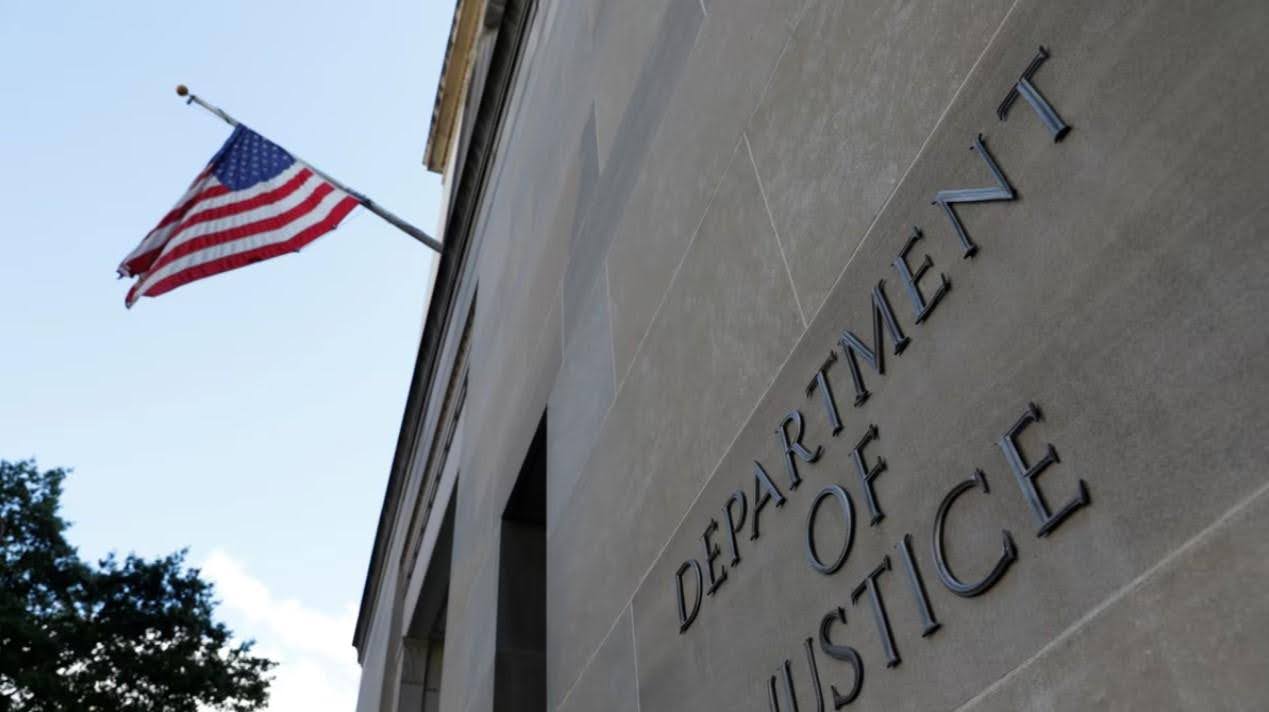Key Takeaways:
$530 million in crypto allegedly laundered by way of U.S. banks by Russian nationwide utilizing Tether (USDT).Defendant used U.S.-based crypto firms to bypass sanctions and fund Russian entities, together with nuclear suppliers.22 federal expenses filed, together with financial institution fraud, sanctions evasion, and working an unlicensed money-transmitting enterprise.
A Russian-born entrepreneur has been arrested in New York for allegedly turning a crypto funds firm right into a high-speed laundering car that secretly routed over half a billion {dollars} for sanctioned Russian banks and tech consumers. Prosecutors say it’s one of the vital brazen makes use of of crypto infrastructure to undermine U.S. sanctions up to now.

Crypto Agency Allegedly a Entrance for Sanctioned Russian Transactions
The Division of Justice has unsealed a 22-count indictment towards Iurii Gugnin, additionally recognized by aliases together with George Goognin. Central to the case is Evita, a cryptocurrency cost startup that Gugnin created and ran in america. The agency was not what it gave the impression to be, prosecutors stated.
Between June 2023 and January 2025, Evita is alleged to have moved $530 million by way of the U.S. monetary system, the majority of it in Tether (USDT). The DOJ accuses the funds of being sourced from Russian prospects related to banks which have already been sanctioned, equivalent to Sberbank, VTB and Tinkoff, and having been laundered by way of American suppliers of banking and crypto companies.
Courtroom filings state that Gugnin went to nice lengths to hide this fraud, together with transferring funds between crypto and fiat currencies and falsifying invoices, in addition to inflating quantities, and utilizing pretend buyer names. The transactions allowed Russian purchasers to take care of their cash outdoors their nation, transfer it discreetly and buy delicate U.S. applied sciences.ndef (equivalent to that utilized in missile steerage programs) formally — despite the fact that the elements must be imported into the U.S. by a Rosatom firm.
Learn Extra: Russia’s Largest Financial institution Bets Large: Launch of Bitcoin-Tied Bonds Indicators Main Crypto Shift


How the Scheme Labored
Layering and Conversion By means of USDT
Gugnin allegedly accepted crypto, primarily USDT, from international purchasers holding belongings in sanctioned Russian banks. He then transformed these digital funds into U.S. {dollars} or different fiat currencies utilizing U.S.-based financial institution accounts and exchanges. Prosecutors say he typically misled monetary establishments by claiming Evita had no dealings with Russian purchasers or restricted jurisdictions.


The laundering methodology reportedly included a number of digital wallets and faux invoices. As an illustration, buyer identities have been redacted or altered, leaving U.S. banks and exchanges blind to the true origins and endpoints of the transactions.
This layered conversion not solely disguised the audit path, but in addition enabled international nationals to bypass U.S. export restrictions. A few of the purchases included export-controlled servers and semiconductors, which authorities say have been shipped to intermediaries performing on behalf of Russian government-linked purchasers.
Deception and Regulatory Violations
No Actual Compliance Program
Regardless of claiming to comply with strict AML (anti-money laundering) and KYC (know-your-customer) procedures, investigators say Evita had no significant compliance program. The corporate allegedly didn’t file Suspicious Exercise Stories (SARs) as mandated by the Financial institution Secrecy Act.
Gugnin went so far as fraudulently registering Evita Pay as a licensed cash transmitter in Florida. This deception allowed the corporate to achieve legitimacy within the eyes of a significant cryptocurrency trade, which then processed high-volume transfers on Evita’s behalf.
Notably, Gugnin additionally maintained private accounts at Alfa-Financial institution and Sberbank, two main Russian banks below U.S. sanctions, whereas residing in america.
Learn Extra: Russia Tightens Crypto Mining Stranglehold: What’s Driving the Newest Bans?
Digital Paper Path Reveals Intent
Investigators say Gugnin left behind a path of web searches that paint an image of a person conscious he was skating on skinny authorized ice. Among the many phrases he reportedly searched:
“Am I being investigated?”“Cash laundering penalties US”“Evita Investments Inc. legal information search”
He additionally visited pages about the best way to detect if you happen to’re below federal investigation. This digital footprint, prosecutors argue, underscores his information and intent to violate U.S. legal guidelines.
Stiff Penalties on the Desk
If convicted, Gugnin faces the next most sentences:
30 years per depend for financial institution fraud20 years per depend for wire fraud, cash laundering, and violating the Worldwide Emergency Financial Powers Act (IEEPA)10 years for AML and SAR violations5 years for working an unlicensed money-transmitting enterprise and conspiracy to defraud the U.S.
With 22 separate expenses, the entire publicity might end in a number of many years in jail.
Shockwaves By means of the Crypto Panorama
Crypto’s Position in Sanctions Evasion Beneath Renewed Scrutiny
This case comes at a time when U.S. regulators are intensifying oversight of the crypto sector’s function in illicit finance. The DOJ and Division of Commerce have been aggressively pursuing cross-border crypto violations, notably those who threaten nationwide safety.
The investigation was led by the Disruptive Expertise Strike Power, a multi-agency initiative geared toward curbing the export of delicate applied sciences to adversarial regimes like Russia and China.
Crypto insiders say the indictment might have far-reaching implications. Exchanges, pockets suppliers, and cost processors could now face larger stress to vet purchasers, monitor pockets exercise extra intently, and strengthen on-chain analytics programs to detect purple flags.
Tether (USDT) — the stablecoin mostly used within the alleged transactions — has ceaselessly come below criticism for its function in high-volume, cross-border flows that typically evade regulation. This case is prone to amplify requires enhanced transparency in how stablecoins are issued and redeemed.








